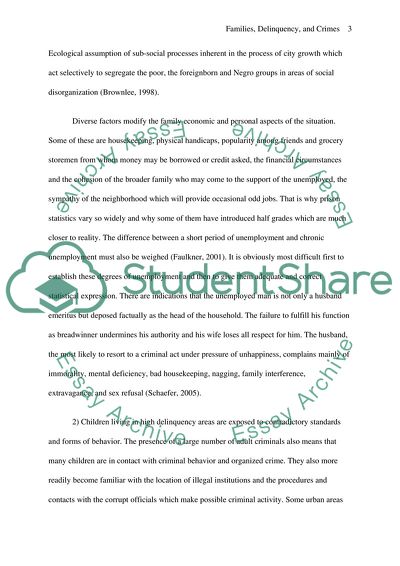Cite this document
(Families, Delinquency and Crimes Assignment Example | Topics and Well Written Essays - 1750 words, n.d.)
Families, Delinquency and Crimes Assignment Example | Topics and Well Written Essays - 1750 words. https://studentshare.org/law/1717121-soc-428-families-delinquency-and-crimes
Families, Delinquency and Crimes Assignment Example | Topics and Well Written Essays - 1750 words. https://studentshare.org/law/1717121-soc-428-families-delinquency-and-crimes
(Families, Delinquency and Crimes Assignment Example | Topics and Well Written Essays - 1750 Words)
Families, Delinquency and Crimes Assignment Example | Topics and Well Written Essays - 1750 Words. https://studentshare.org/law/1717121-soc-428-families-delinquency-and-crimes.
Families, Delinquency and Crimes Assignment Example | Topics and Well Written Essays - 1750 Words. https://studentshare.org/law/1717121-soc-428-families-delinquency-and-crimes.
“Families, Delinquency and Crimes Assignment Example | Topics and Well Written Essays - 1750 Words”. https://studentshare.org/law/1717121-soc-428-families-delinquency-and-crimes.


